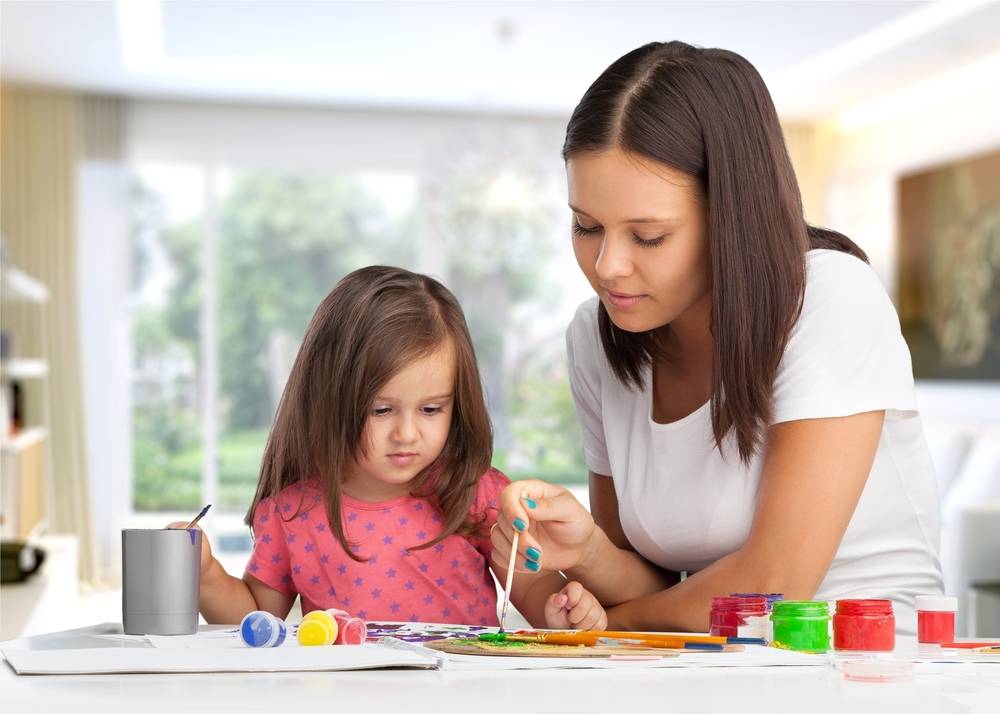Self-regulation is an essential skill for children with autism, as it helps them manage their emotions and behavior in a healthy way. Teaching self-regulation skills can be a challenging task, but it’s worth the effort. With patience, consistency, and the right approach, you can help your child with autism learn to regulate their emotions and behavior.
First and foremost, it’s important to understand that children with autism may have a harder time understanding and expressing their emotions. This can lead to meltdowns or outbursts, which can be frustrating for both the child and the caregiver. It’s essential to remember that these behaviors are not intentional and are a result of the child’s inability to regulate their emotions.
One of the best ways to teach self-regulation skills is through play. Play is a natural way for children to learn and explore the world around them. Children with autism may have a harder time understanding social cues, so playing with toys or games that help teach social skills can be beneficial. For example, playing with dolls or action figures can help a child learn how to take turns and understand emotions.
Another effective way to teach self-regulation is through routine and structure. Children with autism tend to thrive in structured environments, and having a consistent routine can help them feel secure and in control. For example, having a set time for meals, playtime, and bedtime can help a child understand what to expect and feel more secure.
It’s also important to teach children with autism how to identify and express their emotions. This can be done through role-playing, using emotion cards, or even drawing. Helping a child learn how to express their emotions can help them better understand and regulate their feelings.
Another key aspect of teaching self-regulation is to teach relaxation techniques. Children with autism may have a harder time calming down, so teaching them relaxation techniques such as deep breathing, yoga, or meditation can be helpful. These techniques can be incorporated into the child’s daily routine and can be used in times of stress or when a meltdown seems imminent.
It’s important to remember that teaching self-regulation skills is a process and will take time. Be patient with your child and don’t get discouraged if they don’t pick up the skills right away. Consistency is key, so stick to the strategies you’ve chosen and don’t give up.
In conclusion, teaching self-regulation skills to a child with autism can be a challenging task, but with patience, consistency, and the right approach, it’s possible. Play, structure, and routine can all be effective ways to help a child learn to regulate their emotions and behavior. Remember to be patient and don’t give up, as it will take time for your child to learn these skills. With the right approach, your child with autism can learn to regulate their emotions and behavior, leading to a happier and more fulfilling life.
You may also love to read this:








